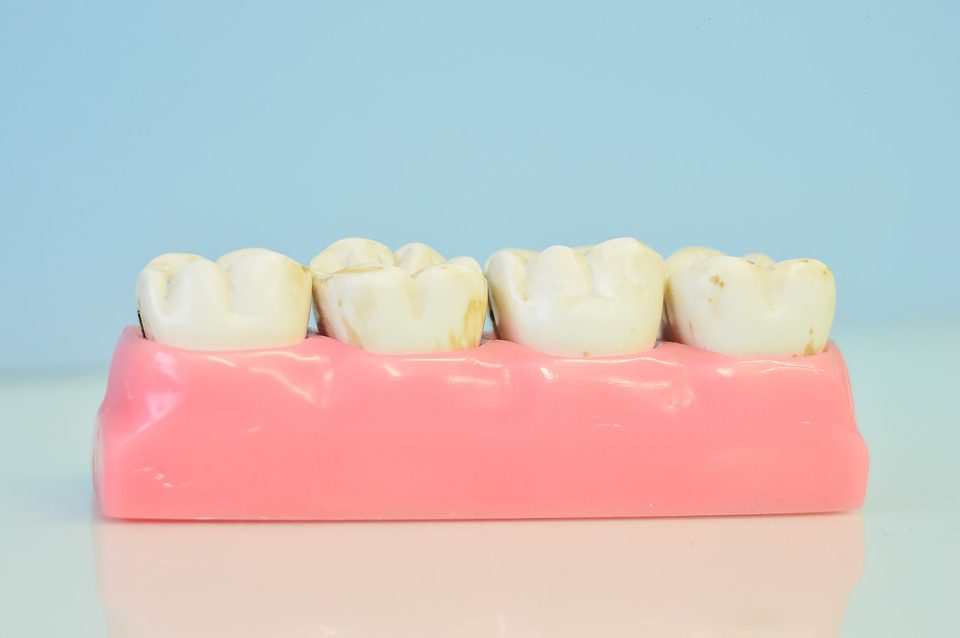An abscess is an infection around the root of the tooth. It may or may not be painful, but the absence of pain should not fool you. The infection is still there and may be getting worse. Abscesses occur when the soft tissue, or pulp, inside the root canal dies. If left untreated, the root of the tooth may then become inflamed.

(Pixabay / renatalferro)
Abscesses manifest in the form of an ache in the bone surrounding the tooth. There may also be pain when you chew, or you might notice some swelling of the gums. See your dentist immediately if you experience these symptoms. Your dentist may refer you to an endodontist when necessary.
Your dentist will diagnose the affected area by probing your teeth using a dental instrument. If you have an abscessed tooth, you will feel discomfort when the probe taps the tooth. Your dentist will ask you to bite down or to close your mouth tightly to determine if the pain increases. He or she may also examine your gums to see if they are inflamed and red.
Treatment for this condition centers on the preservation of the tooth and the prevention of further complications. It often requires a root canal or endodontic surgery. An endodontist will remove the bacteria after emptying the root canal, clean the space, and fill up and seal the root canal. Later, you can return to the dentist who will install a crown and return your tooth to full function.
If a root canal is no longer an option, the abscessed tooth may be extracted. Extraction will allow drainage through the socket. After the tooth extraction, the space created may be filled by a tooth implant or a bridge. An implant is the better option, although it could be very expensive. A bridge is the cheaper alternative to fill up the gap.
A third type of treatment for an abscessed tooth is to drain it by making an incision into the swollen gum tissue. Antibiotics are usually prescribed to fight the infection. The pain could be remedied with warm water and a salt rinse or some over-the-counter pain medications.
